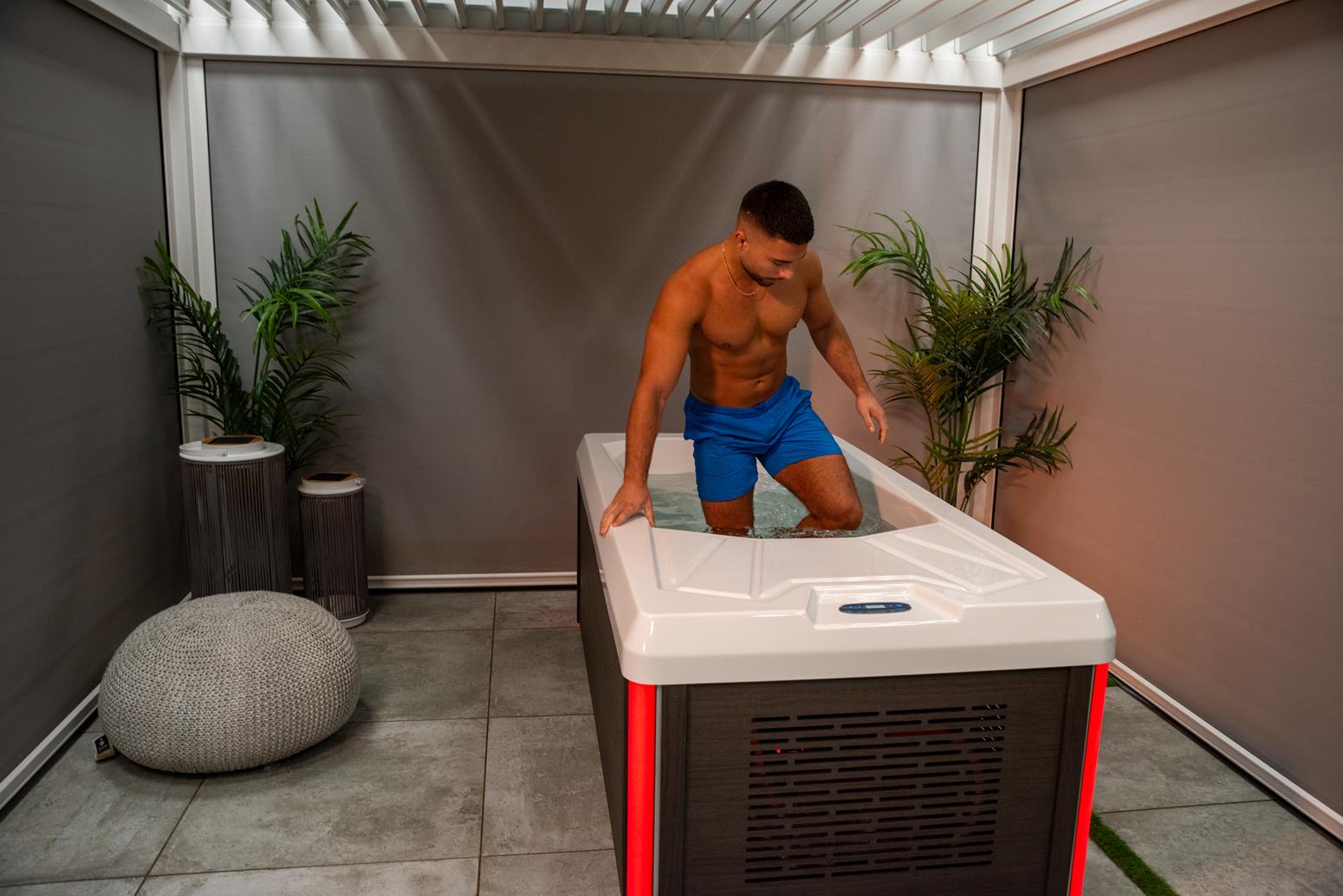Conclusion: Are Ice Baths Good For Circulation?
In conclusion, ice baths can indeed have a positive impact on circulation.
The physiological responses from ice baths play a crucial role in enhancing blood flow. Switching between cold and warm temperatures helps blood vessels regulate. This leads to better circulation over time.
Ice baths also contribute to reduced inflammation by constricting blood vessels. This aids in the reduction of swelling and promotes circulatory health.
The potential benefits improve recovery for athletes and individuals in intense physical activity. Ice baths help flush out metabolic waste products. This facilitates the delivery of oxygen-rich blood to muscles.
Exposure to cold temperatures reduces stress. This leads to the release of hormones like adrenaline and noradrenaline. These hormones may temporarily increase heart rate and blood pressure, improving circulation.
It’s essential to approach ice baths with caution. Especially when individuals have certain medical conditions. Proper technique, careful introduction, and adherence to safety precautions are crucial.
If you’re considering incorporating ice baths into your routine, safety is vital. Start at the beginning with shorter durations and milder temperatures. Ensure to pay close attention to your body’s signals, too.
Ice baths can be a beneficial component of a comprehensive circulatory health strategy. Make sure to use ice baths mindfully and in conjunction with other healthy practices.


